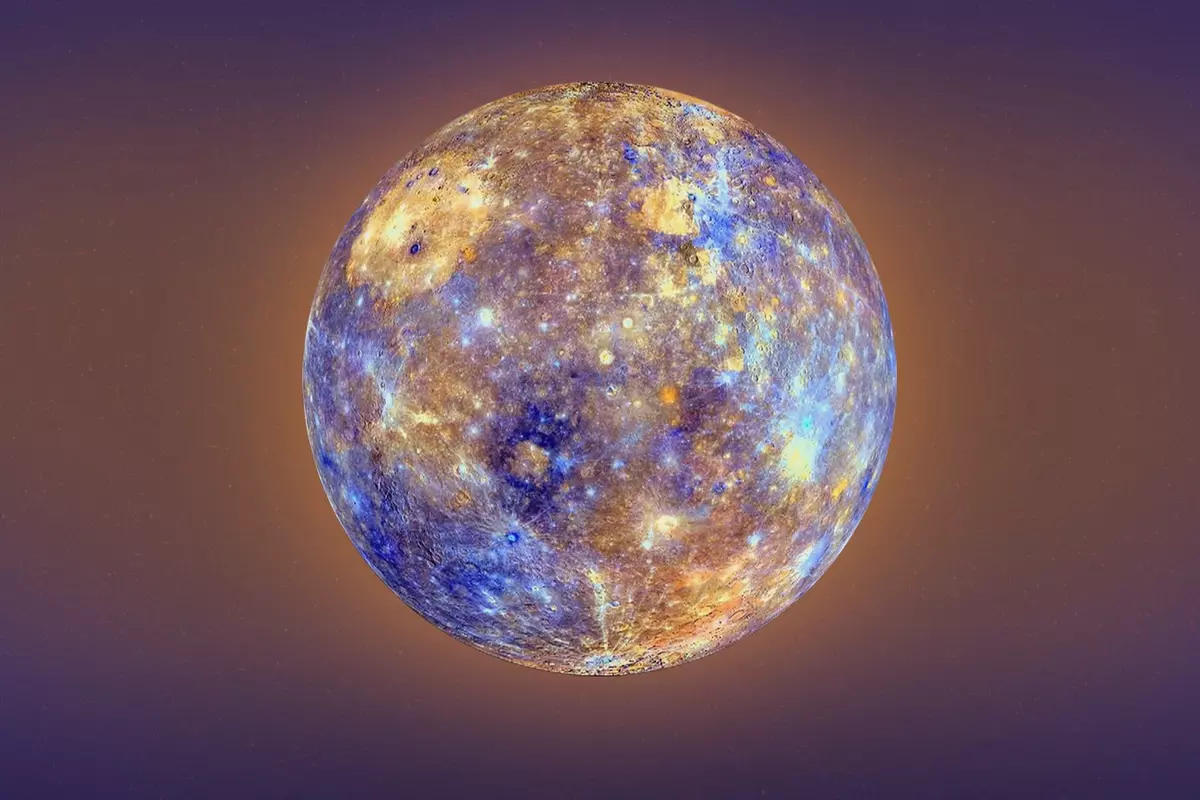
The US Space Agency often shares breathtaking photographs of our solar system, captivating space enthusiasts. NASA’s Instagram account is a treasure mine for individuals who enjoy watching informative movies and beautiful photographs of Earth and space.
NASA has released an incredible photograph of Mercury, the smallest planet in the solar system, and the closest to the Sun at an average distance of 36 million miles (58 million km). Mercury, despite its close proximity to the Sun, is not the hottest planet in our solar system.
On Instagram, NASA wrote, “They call me Mister Fahrenheit (Celsius) 🌡️. Slightly larger than Earth’s Moon, Mercury is the smallest planet in the solar system and is the closest to the Sun at an average of 36 million miles (58 million km) away. While Mercury may be the smallest planet, it is also the speediest, traveling in its orbit at almost 29 miles (47 km) per second, making a year on Mercury just 88 Earth days”.
NASA went on to say, “This view of Mercury was captured by MESSENGER, the first spacecraft to ever orbit the planet, which collected color-enhanced maps to distinguish chemical, mineralogical, and physical differences in rocks on the planet’s surface”.
“Instead of an atmosphere, Mercury has a thin exosphere composed mostly of oxygen, sodium, hydrogen, helium, and potassium. Due to its lack of atmosphere and proximity to the Sun, daytime and nighttime on Mercury swing dramatically in temperature ranging from 800F (430C) during the day to -290F (-180C) at night. Mercury’s comparatively weak magnetic field compared to Earth, at just 1% strength of our own, interacts with solar winds creating magnetic tornados that tear across the planet’s surface”, NASA continued.
“Mercury appears tan and several shades of blue, with craters marking the surface, allowing scientists to examine the geological features”, NASA added.
View this post on Instagram
To read more such news, download Bharat Express news apps


















